
The UAE is a melting pot of cultures, and its cuisine reflects this rich diversity. Traditional Emirati dishes offer a unique blend of flavors, drawing from the region’s history and its interaction with neighboring cultures. Whether you are a food enthusiast or a curious traveler, experiencing Emirati cuisine is a must. Here are some traditional Emirati dishes you must try.
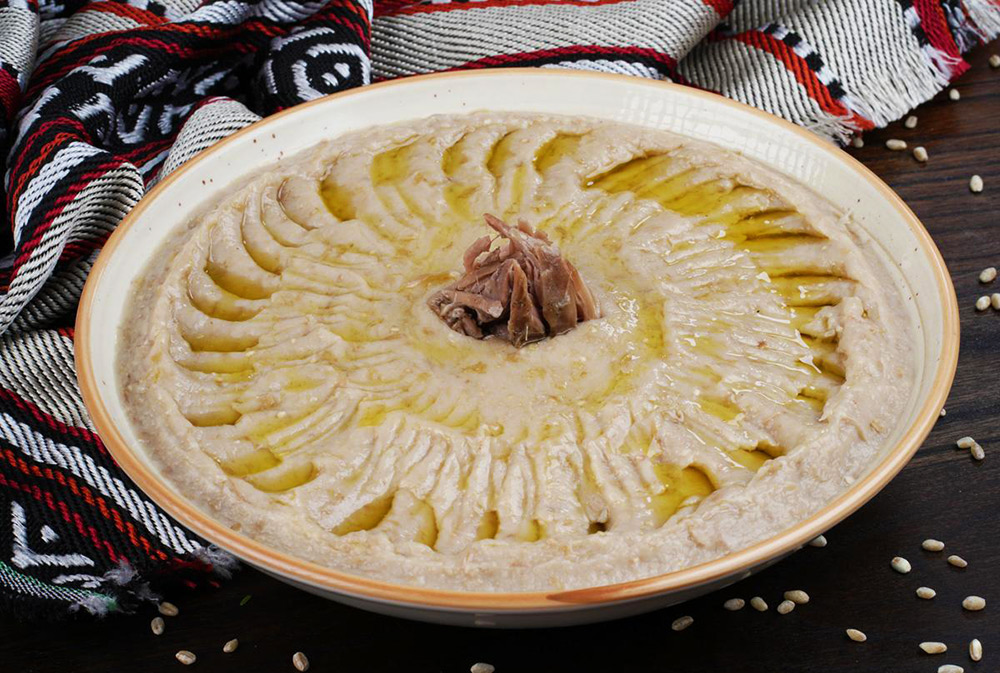
Harees is a traditional Emirati dish that has been enjoyed for centuries. Made with wheat, meat (usually chicken or lamb), and a pinch of salt, this dish is slow-cooked to perfection, resulting in a porridge-like consistency. Harees is especially popular during Ramadan and festive occasions. Its simple ingredients and rich flavor make it a comforting and hearty meal.
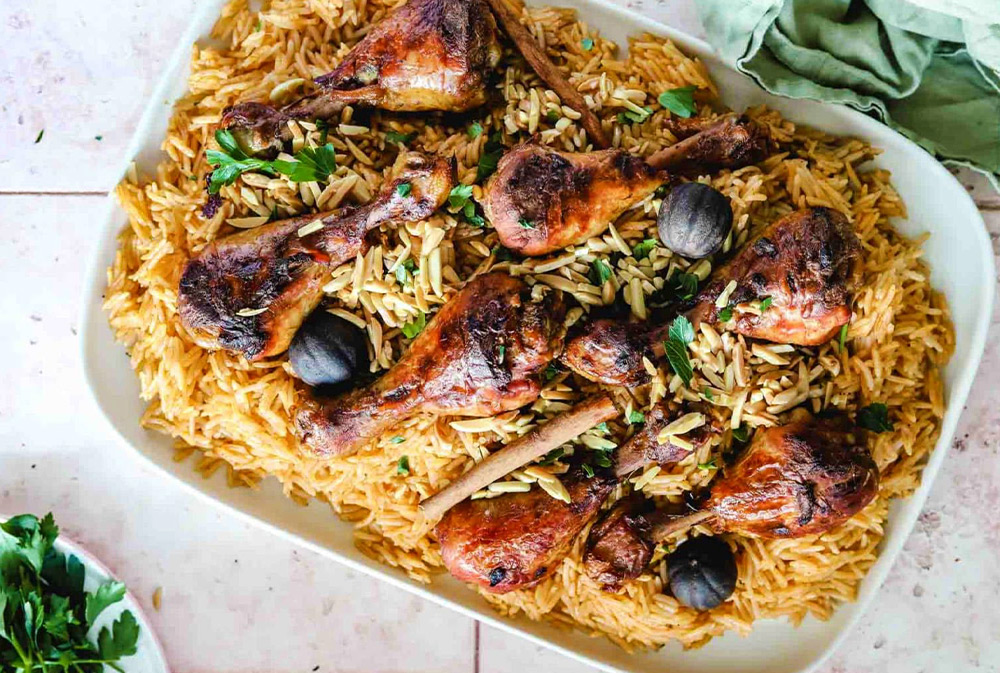
Majboos, also known as Machboos, is a fragrant rice dish that is a staple in Emirati households. Machboos is a quintessential Emirati dish typically made with basmati rice similar to biryani. It features rice cooked with a blend of aromatic spices and is typically served with chicken, lamb, or fish. The dish is known for its rich flavor, thanks to the combination of spices like cinnamon, cardamom, cumin, cloves, and black lime. The addition of dried limes (loomi) gives Majboos its distinctive tangy flavor. It’s often garnished with fried onions and nuts, making it both a visual and culinary delight.
Machboos is a must-try for anyone looking to experience authentic Emirati flavors.

Luqaimat are sweet dumplings that are a favorite among Emiratis. These bite-sized treats are made from a dough of flour, yeast, sugar, and cardamom, which is then deep-fried until golden brown. After frying, they are drizzled with date syrup or honey, giving them a sweet and sticky exterior. Luqaimat are typically enjoyed during Ramadan and other special occasions.
For more information on another beloved type of dessert in the UAE, check our article about kunafa.

Balaleet is a unique Emirati breakfast dish that combines sweet and savory flavors. It consists of sweetened vermicelli noodles cooked with sugar, cardamom, and saffron, served with a savory omelet on top. The contrast between the sweet noodles and the savory eggs makes Balaleet a delightful and surprising dish.

Stuffed Camel is one of the most extravagant traditional Emirati dishes, often served at weddings and large gatherings. This dish involves stuffing a whole camel with chicken, fish, eggs, and rice, then roasting it to perfection. While it is not a common everyday meal, it is a testament to the grandeur and hospitality of Emirati culture.
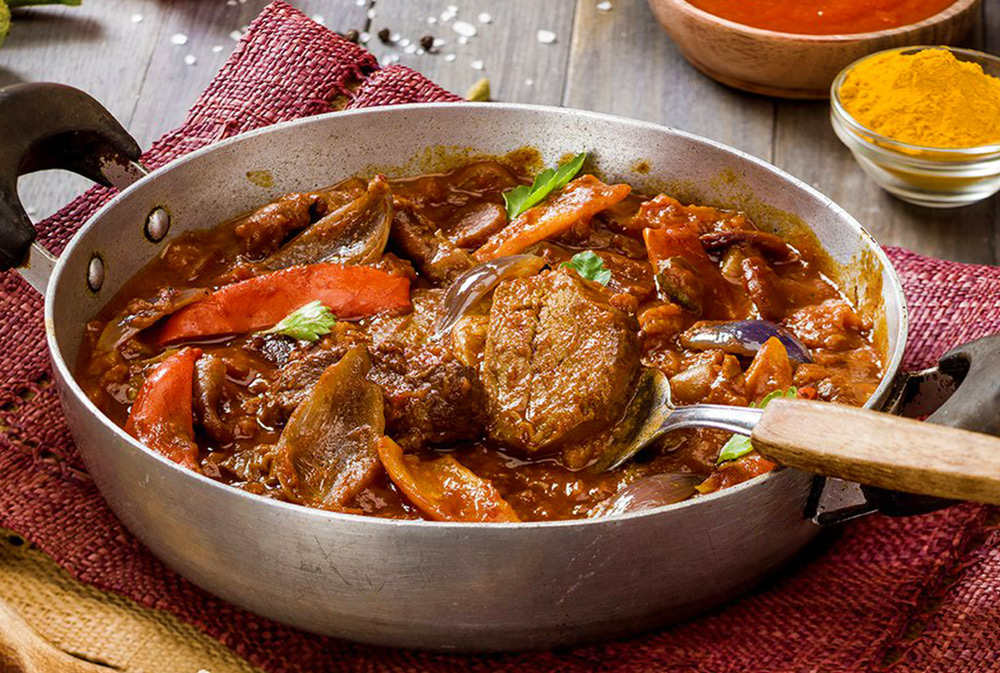
Thareed is a traditional Emirati stew made with meat (usually lamb or chicken), vegetables, and spices. The stew is served over thin, crispy bread that soaks up the flavorful broth. Thareed is a popular dish during Ramadan, providing a nourishing and hearty meal to break the fast.
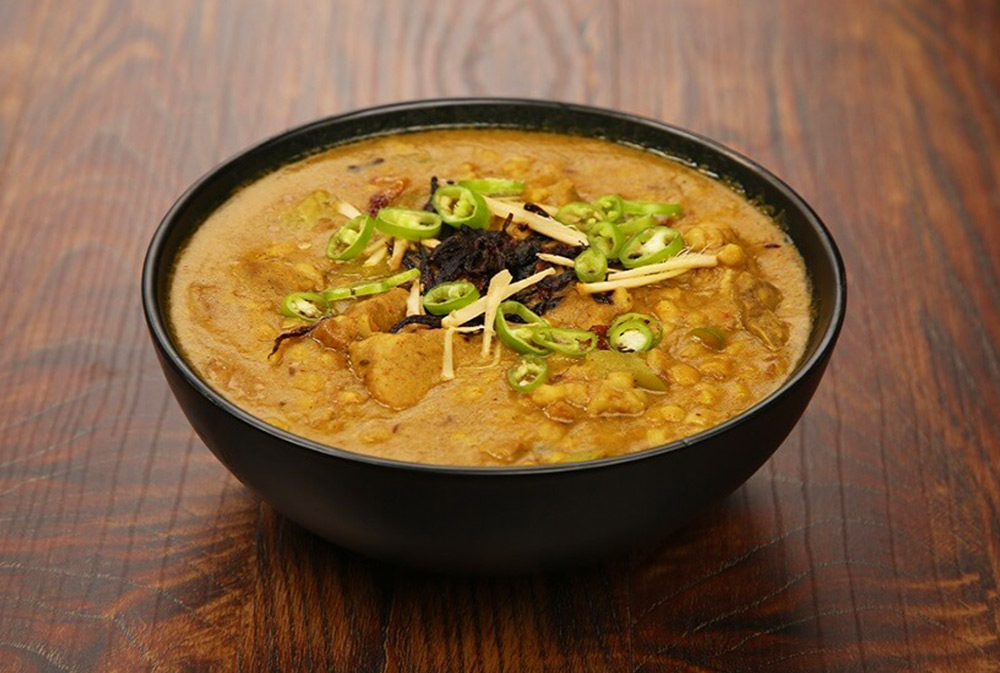
Madrouba is a creamy and comforting dish made with rice, meat, and a blend of spices. The ingredients are slow-cooked until they reach a porridge-like consistency, similar to risotto. The dish is often garnished with ghee and served with a side of fresh salad or yogurt.
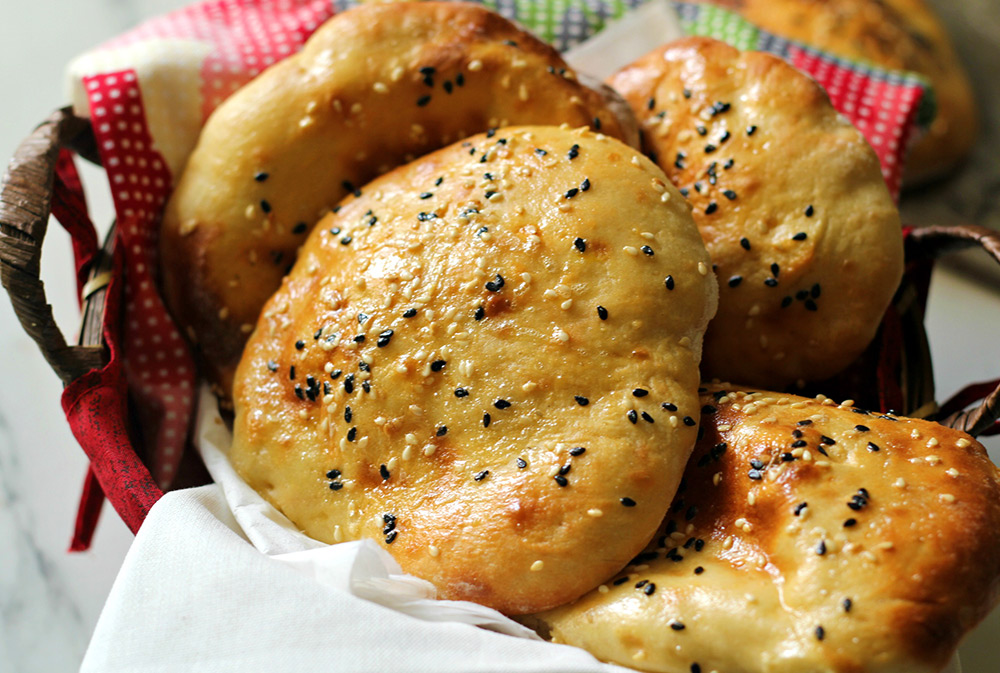
Khubz, or Arabic bread, is a staple in Emirati cuisine. This flatbread is traditionally baked in a clay oven, giving it a distinct texture and flavor. Khubz is often served with various dips, stews, and grilled meats, making it a versatile accompaniment to many Emirati dishes.
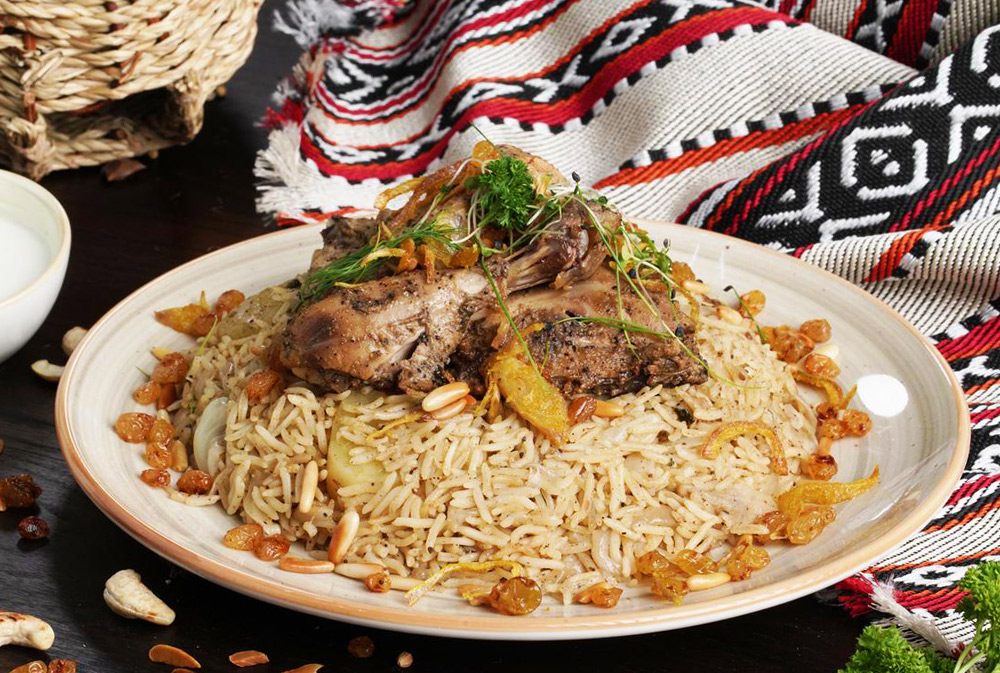
Mandi is a traditional rice dish that originated from Yemen but has become incredibly popular in the UAE. This flavorful dish consists of basmati rice, meat (usually lamb or chicken), and a mix of spices like cloves, cardamom, and cinnamon. The meat is traditionally cooked in a tandoor (a special kind of underground oven), which gives it a unique, smoky flavor. Mandi is often garnished with fried onions and nuts, adding a delightful crunch to the tender meat and fragrant rice.

Samak Mashwi, or grilled fish, is a beloved dish in Emirati cuisine, showcasing the region’s rich maritime heritage. Fresh fish, often locally caught, is marinated with a blend of spices, including cumin, coriander, turmeric, and garlic. It is then grilled to perfection, resulting in a dish that is both flavorful and healthy. Samak Mashwi is typically served with rice or salad, making it a light yet satisfying meal that highlights the natural flavors of the fish and the aromatic spices.
Exploring traditional Emirati dishes is a journey through the rich culinary heritage of the UAE. Each dish tells a story of the region’s history, culture, and the people who have kept these traditions alive. Whether you’re a resident or a visitor, indulging in these Emirati flavors is a must for a truly authentic experience.
Enjoyed this article? Then you might be interested in another one, about our selection of Traditional Arabic Drinks!
For more insights into Emirati cuisine and culture, keep visiting Comingsoon.ae and stay updated with our latest articles.
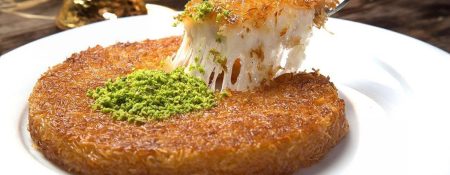

The UAE’s rich history is rooted in trade and tied to Islam. Its unique location between Europe and the Far East became the crucial factor in it's growth into the world's largest trading hubs. Throughout the ages, these lands had attracted merchants from India and China, and were prized by Europeans, in particular the Portuguese, the Dutch and the British.
After the discovery of oil and the formation of the Emirates, the wise rulers began the rapid development of the country's economy, shaping it into what it is today. Though small in size, the UAE quickly became an important player in regional and international affairs.
Although it's growth and development, UAE heritage have not been forgotten - on the contrary, is still well-respected among the nationals. History and culture of local people can be felt in the legendary hospitality of local hotels, architecture of modern skyscrapers and openness and kindness in living among the multinational community.
Here you can read various articles about UAE heritage, history and culture, and better understand, why this country's development became such a success throughout the years.